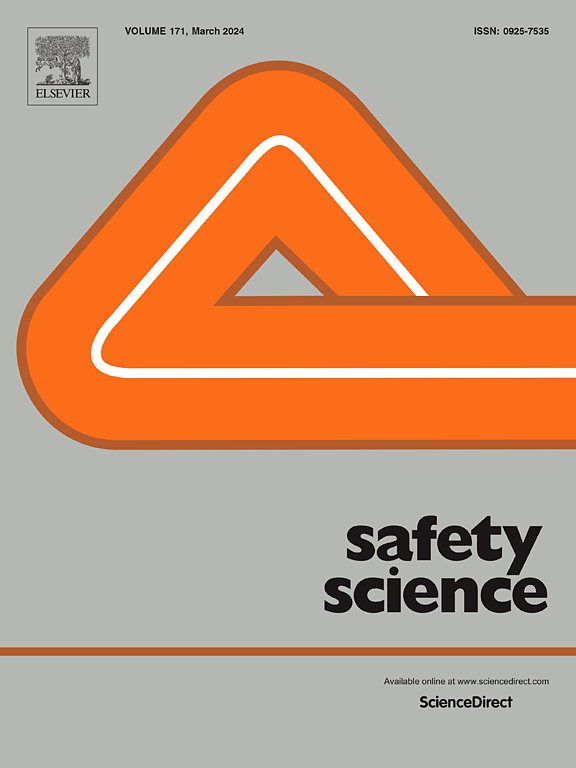158 Deaths at Halloween Night: An AcciMap analysis of 2022 Itaewon crowd crush in South Korea
IF 4.7
1区 工程技术
Q1 ENGINEERING, INDUSTRIAL
引用次数: 0
Abstract
A crowd crush that occurred in Itaewon, South Korea during Halloween in 2022 resulted in 158 people. Much attention was paid to finding culprits rather than identifying underlying factors and their complex relationships. Hence, this study aims to analyze systemic causes of Itaewon crowd crush. AcciMap was conducted to understand what caused the crush and resultant deaths using two information sources: South Korean National Assembly Report and online news articles. Findings suggest that lifted COVID-19 restrictions, increased popularity of Halloween, and political and social factors related to a new government significantly increased the crowd size. Despite anticipated risks of crowd crush, including direct calls from citizens, little was done before and after the crush. Pre-planning was not conducted, and on-site controls were insufficient. After the crush, unified incident communication was non-existent and inter-agency collaboration was poorly coordinated, leading to severe delay in site access, triage, medical treatment, and hospitalization. Until Itaewon disaster, a crowd crush was not covered by overarching disaster management law of South Korea. To prevent similar crowd crushes, recommendations include trans-governmental efforts to identify emergent impacts of policy, cultural, and administrative changes, all-hazards management approach, improving national safety leadership and risk governance, safety culture sensitive to failure, and nationwide crowd management system. As the first and early systemic analysis of Itaewon crowd crush, our findings highlighted the need to understand influences from various sociotechnical factors. We hope our study to inform future investigations of Itaewon crowd crush and induce more rigorous efforts to prevent similar incidents.
求助全文
约1分钟内获得全文
求助全文
来源期刊

Safety Science
管理科学-工程:工业
CiteScore
13.00
自引率
9.80%
发文量
335
审稿时长
53 days
期刊介绍:
Safety Science is multidisciplinary. Its contributors and its audience range from social scientists to engineers. The journal covers the physics and engineering of safety; its social, policy and organizational aspects; the assessment, management and communication of risks; the effectiveness of control and management techniques for safety; standardization, legislation, inspection, insurance, costing aspects, human behavior and safety and the like. Papers addressing the interfaces between technology, people and organizations are especially welcome.
 求助内容:
求助内容: 应助结果提醒方式:
应助结果提醒方式:


